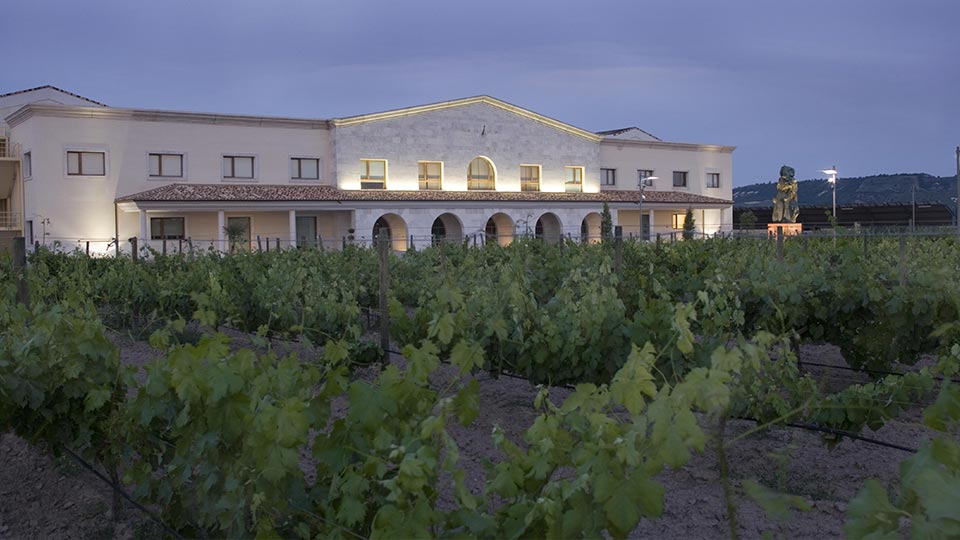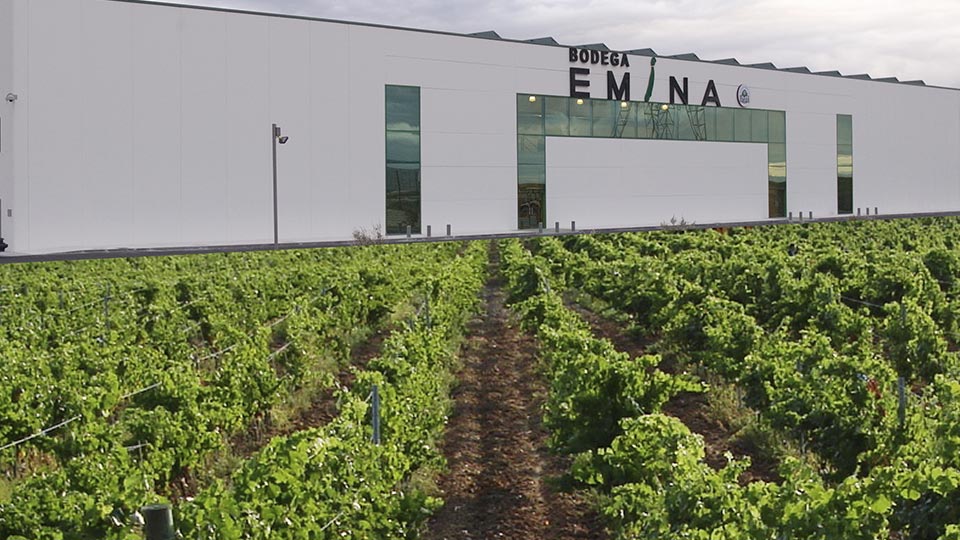Wine tasting is the sensory examination and evaluation of wine. Modern, professional wine tasters – sommeliers use a constantly evolving specialized terminology which is used to describe the range of perceived flavours, aromas and general characteristics of a wine.
All you need is a clean glass of wine, a white surface and light.
First look the wine: Check out the colour, opacity, and viscosity (wine legs or curtains) showing you wine age. You don’t really need to spend more than 5 seconds on this step. A lot of clues about a wine are buried in its appearance.
Smell the wine: When you first start smelling wine, think big to small. Are there fruity aromas? Think of broad categories first, i.e. citrus, orchard, or tropical fruits in whites or, when tasting reds, red fruits, blue fruits, or black fruits. Getting too specific or looking for one particular note can lead to frustration. Broadly, you can divide the nose of a wine into three primary categories, as you can read in the aromas wheel.
Finally, taste the wine: Taste is how we use our tongues to observe the wine, but also, once you swallow the wine, the aromas may change because you’re receiving them retro-nasally. Our tongues can detect salty, sour, sweet, or bitter. Your tongue can “touch” the wine and perceive its texture. Texture in wine is related to a few factors, but an increase in texture is almost always happens in a higher-alcohol, riper wine.






